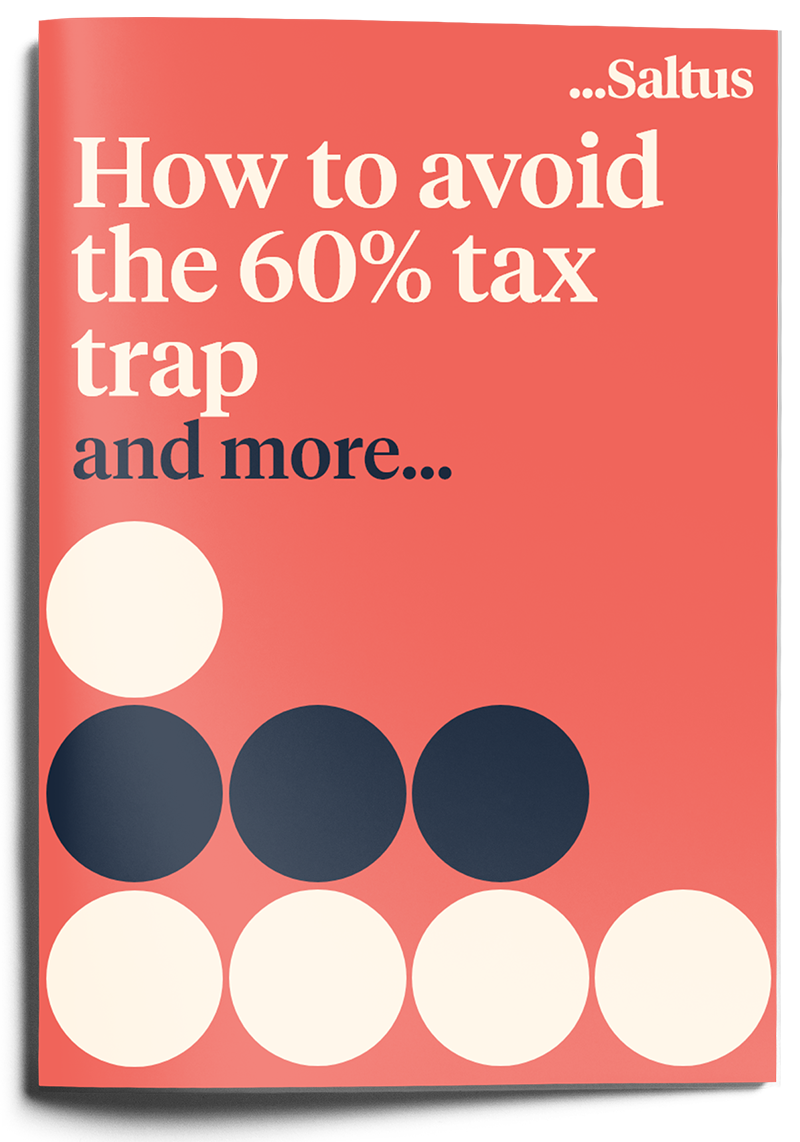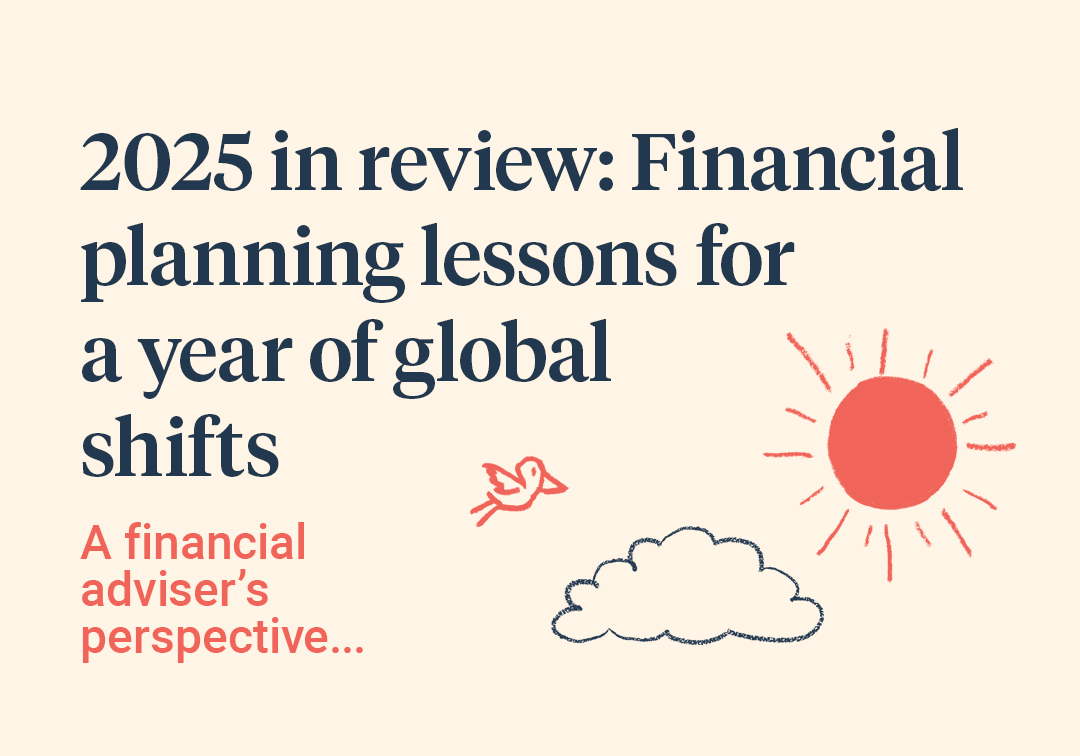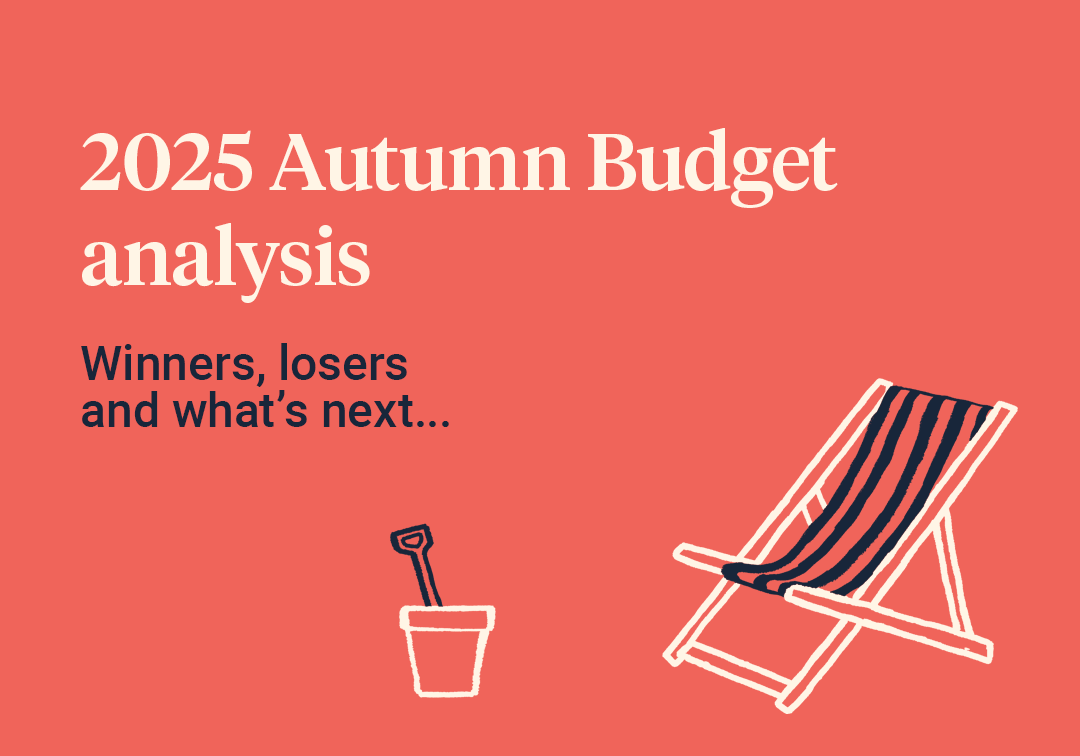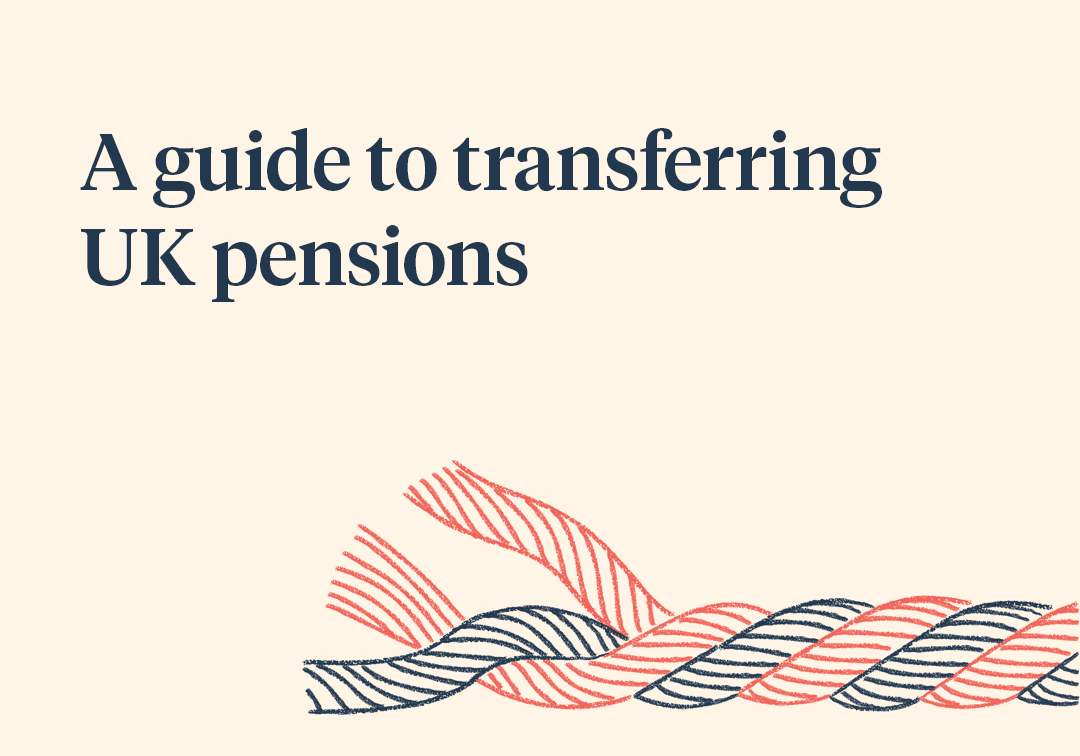What do you do when you don’t have all the appropriate tools in your toolkit? I bet you call in the professionals, as you may have burnt your fingers before trying to be the DIY hero. Well, when it comes to your financial toolkit, I’m here to help provide all the tools you may need. That way, you can brag to your friends about your financial DIY skills and you don’t even need to let them know you’ve had some help along the way.
Pension Contributions
Perhaps one of the most important tools in our toolbox is a well thought out pension contribution. It’s an old, trusted spanner that rarely lets you down and, if you use it properly, allows you to really “tighten up” the tax efficiency.
I’m going to focus on making pension contributions via a method called salary sacrifice, as it allows you to crank out every bit of tax relief that you can. Let’s take £1,000 of taxable income for a higher rate taxpayer. Below is a breakdown of how any income above the higher rate threshold would be taxed:





